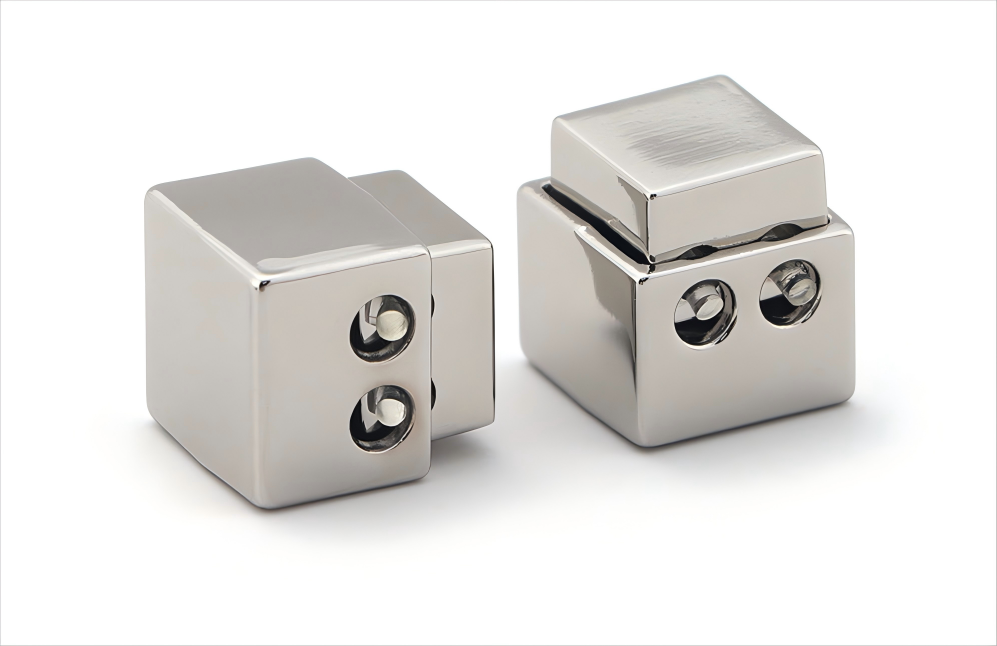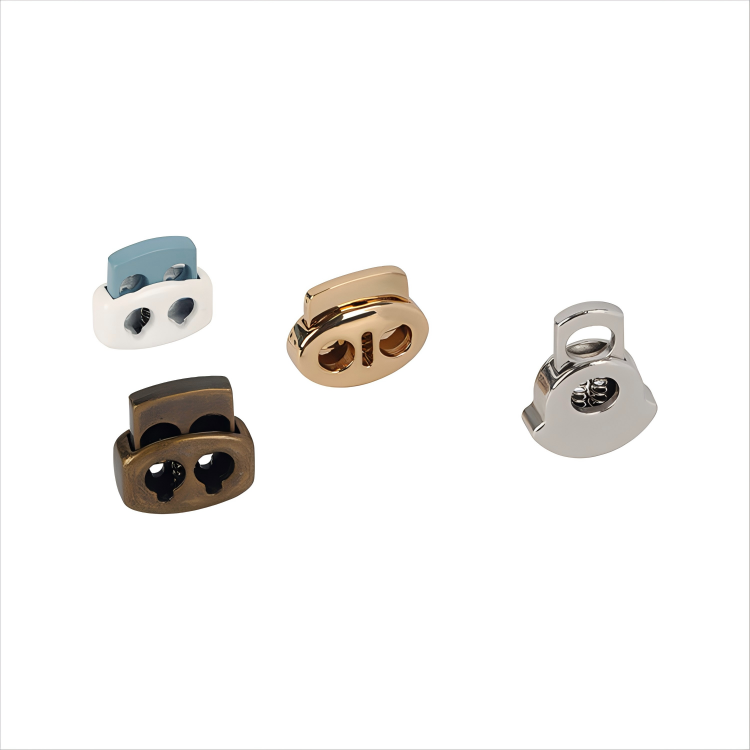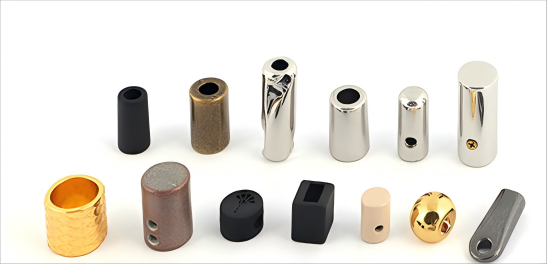Difference Between Jackets and Coats and Common Hardware Used
Difference Between Jackets and Coats and Common Hardware Used
Jackets and coats are both essential outerwear garments, but they serve different purposes, have distinct designs, and are often used in varying weather conditions. Understanding the differences between these two types of clothing can help in making the right choice for both functionality and style. Additionally, the hardware used in jackets and coats plays a crucial role in enhancing their functionality and aesthetics.
Differences Between Jackets and Coats
Length and Coverage:
The most noticeable difference between a jacket and a coat is the length. Jackets typically end at the waist or hip, providing limited coverage and are often lighter in weight. They are designed to offer warmth without being too bulky, making them ideal for milder weather or layering. Coats, on the other hand, are generally longer, often extending to the thighs, knees, or even ankles. This increased length provides better protection against cold weather, making coats a preferred choice in winter.Weight and Insulation:
Jackets are usually made from lighter materials and are less insulated than coats. They are designed for moderate weather conditions or activities that require more mobility. Coats are heavier and often come with more insulation, such as down, wool, or synthetic fibers, to provide warmth in colder climates. The construction of a coat typically involves multiple layers to ensure that the wearer stays warm in harsh conditions.Style and Functionality:
Jackets are often seen as more casual and versatile. They come in a variety of styles, such as bomber jackets, denim jackets, and leather jackets, each serving different fashion purposes. Coats are generally more formal and are often associated with classic styles like trench coats, pea coats, and overcoats. The choice between a jacket and a coat often depends on the occasion, weather, and personal style preference.Seasonality:
Jackets are more suitable for spring and autumn, when the weather is not too cold. They can be easily layered over other clothing for added warmth. Coats are designed for winter and late autumn, providing the necessary insulation to keep the wearer warm in colder temperatures.
Common Hardware Used in Jackets and Coats
The hardware used in jackets and coats is essential not only for functionality but also for aesthetic appeal. High-quality hardware can significantly enhance the durability and style of these garments.
Zippers:
Zippers are one of the most common types of hardware used in jackets and coats. They provide a secure closure and are easy to use. Depending on the design, zippers can be made from metal or plastic, with metal zippers often being more durable and offering a more premium look. Some jackets and coats feature double zippers, allowing for adjustable ventilation and movement.Buttons and Snaps:
Buttons are frequently used in coats, especially in more formal designs like trench coats and pea coats. They can be made from various materials, including metal, plastic, or wood, and are often chosen to complement the fabric of the garment. Snap buttons are also popular in both jackets and coats, providing a quick and easy way to fasten the garment.Buckles and Belts:
Many coats, particularly trench coats and some jackets, come with belts and buckles. These not only help to cinch the waist for a more tailored fit but also add a stylish element to the garment. The buckles are typically made from metal, ensuring they are sturdy and durable.Rivets:
Rivets are small metal pieces used to reinforce stress points in jackets and coats, such as around pockets or at the corners of seams. They are commonly seen in denim jackets but can also be found in other types of outerwear to add both strength and a decorative touch.Hooks and Loops:
Some coats feature hooks and loops, especially around the collar or hood area. These are used to secure the garment tightly around the neck, providing extra protection against wind and cold.Drawstrings and Cord Locks:
Drawstrings, often paired with cord locks, are common in jackets, particularly in hoods or around the waist. They allow the wearer to adjust the fit for better protection against the elements. The cord locks ensure that the drawstrings stay in place once adjusted.
In summary, while jackets and coats serve similar purposes, they differ significantly in terms of length, weight, style, and seasonality. Jackets are more versatile and casual, making them ideal for moderate weather, while coats are designed for colder climates and offer greater protection and formality. The hardware used in these garments, including zippers, buttons, buckles, and rivets, plays a vital role in their functionality and style, ensuring that the outerwear not only looks good but also performs well in various conditions. When choosing between a jacket and a coat, it’s important to consider the specific needs and preferences to find the perfect balance of comfort, protection, and fashion.






